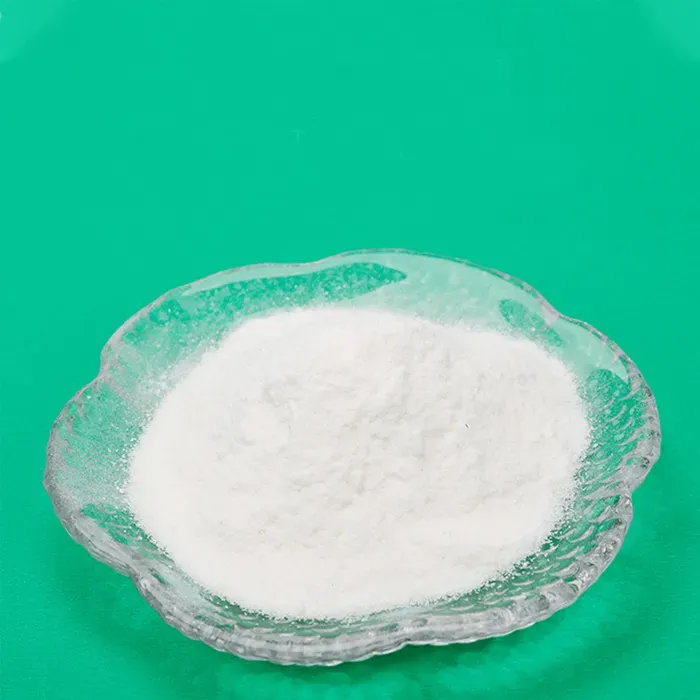What is a Plasticiser?
Plasticisers are chemical additives that are incorporated into materials, particularly polymers, to enhance their flexibility, workability, and processability. These substances play a crucial role in various industries, especially in the production of plastics, due to their ability to modify the physical properties of materials and make them more adaptable to various applications.
The term plasticiser is typically associated with materials like polyvinyl chloride (PVC), where plasticisers are used to achieve the desired characteristics. Without plasticisers, many plastics would be rigid and brittle, making them unsuitable for a range of applications, from flooring sheets to electrical cables. By incorporating plasticisers, manufacturers can create flexible products that can withstand bending and stretching, thus expanding the potential uses of these materials.
How Plasticisers Work
Plasticisers function by embedding themselves between the polymer chains of a plastic. This intercalation disrupts the intermolecular forces that hold the polymer chains together, resulting in increased mobility of the chains. As a consequence, the material becomes softer and more pliable. The effectiveness of a plasticiser is determined by several factors, including its molecular weight, polarity, and structure.
Common plasticisers, such as phthalates, adipates, and citrates, are selected based on their compatibility with the polymer matrix and the intended use of the final product. For instance, phthalates have been widely used due to their efficiency and low cost, but there has been growing concern about their toxicity and environmental impact, leading to increased regulation and the search for alternative plasticisers.
Types of Plasticisers
Plasticisers can be broadly classified into two categories primary and secondary plasticisers
.1. Primary Plasticisers These are the main plasticisers used in a formulation and are typically added in large amounts. They significantly alter the properties of the plastic and are crucial for achieving the desired flexibility and softness. Common primary plasticisers include diethyl phthalate (DEP), dioctyl phthalate (DOP), and diisononyl phthalate (DINP).
what is a plasticiser

2. Secondary Plasticisers These are used in smaller quantities and serve to enhance the properties imparted by primary plasticisers. They may improve specific attributes such as cold temperature performance or resistance to UV light. Examples of secondary plasticisers include tributyl citrate (TBC) and benzoate esters.
Applications of Plasticisers
Plasticisers have a wide array of applications across different sectors. In the construction industry, plasticised PVC is commonly used for pipes, flooring, and roofing membranes because of its durability and resistance to environmental factors. In the automotive sector, plasticisers enhance the performance of interior components, seals, and coatings. In consumer goods, plasticised materials are often found in toys, packaging films, and medical devices, where flexibility is paramount for safety and usability.
Additionally, plasticisers are utilized in the manufacturing of adhesives, sealants, and coatings, where they contribute to improved adhesion and flexibility. The diverse functionality of plasticisers makes them indispensable in modern manufacturing processes.
Environmental and Health Considerations
While plasticisers provide essential benefits in material performance, there are significant concerns regarding their environmental and health impacts. Certain plasticisers, especially phthalates, have been linked to potential health risks, including endocrine disruption and reproductive toxicity. As a result, many regulatory bodies worldwide have implemented restrictions on the use of specific plasticisers, prompting research into safer alternatives.
Bio-based plasticisers derived from renewable sources, such as plant oils, have emerged as viable options. These alternatives not only mitigate health risks but also reduce the carbon footprint associated with plastic production. The industry is increasingly embracing sustainability, leading to a shift towards eco-friendly materials and practices.
Conclusion
Plasticisers are integral to the production and functionality of flexible plastics, enabling countless applications across various industries. As the understanding of their environmental impacts grows, the push for safer and more sustainable alternatives becomes essential. Innovations in chemical formulations promise to deliver plasticisers that meet performance requirements while also prioritizing health and environmental safety. As industries adapt to these changes, the future of plasticisers will likely be marked by a balance between utility and responsibility.

